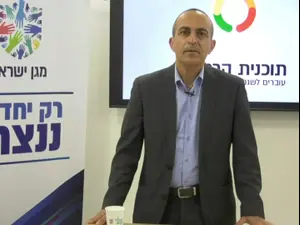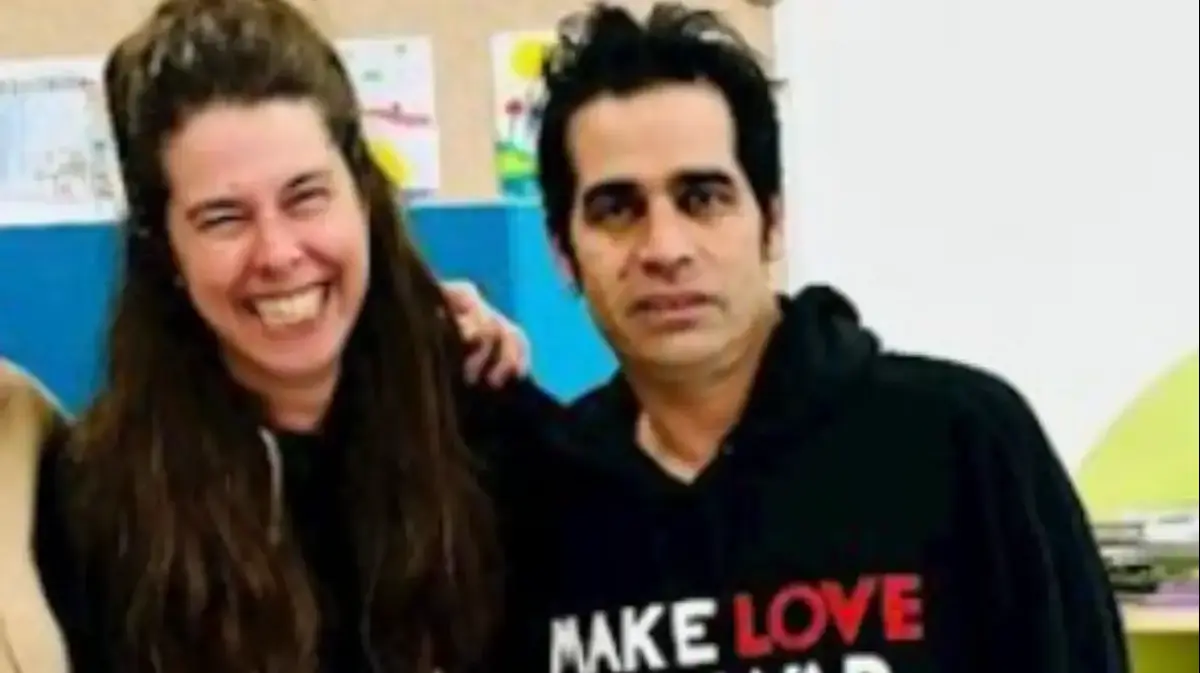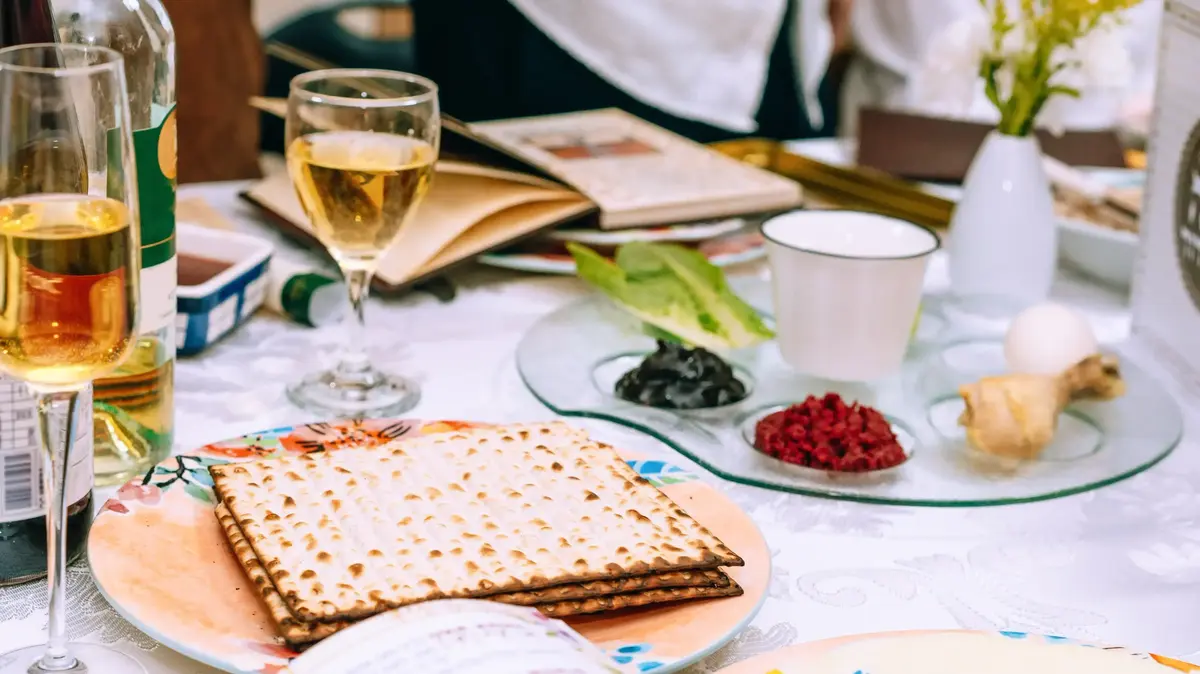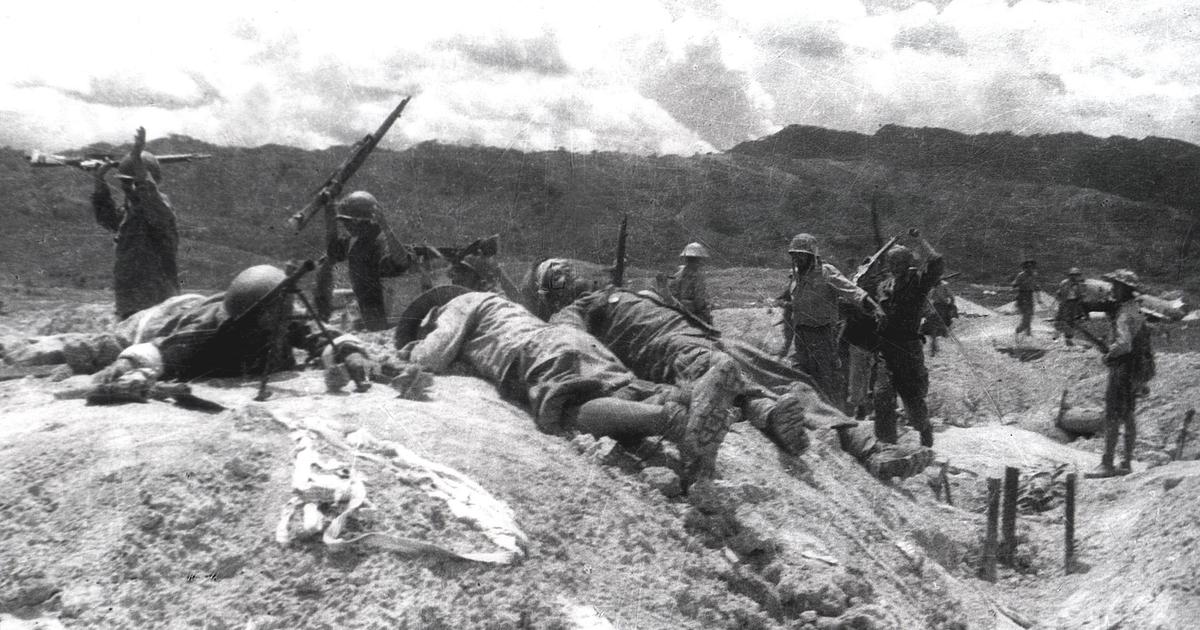news
News in Israel
Events in Israel
A greeting card and a unique calendar: Rosh Hashanah that is secretly held in the extermination camps
The Zorger family from Poland sent a greeting letter to a relative with a photo of the parents and their three daughters.
Only one of them survived the Holocaust, and when she immigrated, she received the photograph.
In the Bergen - Belsen camp, Menachem Shimoni compiled a calendar in which he noted the dates based on his memory.
The personal belongings are displayed in an online exhibition
Tags
holocaust
The Holocaust
Yad Vashem
New Year
Tishrei 'Holidays
Eli Ashkenazi
Saturday, 19 September 2020, 21:59
Share on Facebook
Share on WhatsApp
Share on general
Share on general
Share on Twitter
Share on Email
0 comments
The trial of the assistant in the kindergarten of Carmel Meuda resumed, the parents arrived ...
Gamzo: Imposition of the curfew - a difficult decision, apologize to the residents ...
Night curfew on 40 localities per week, the education system ...
"Haredim do not get on the train": a video initiated by the Bnei ...
Rivlin ahead of the closure: We did not do enough as a leadership, their authority ...
Documentation of traffic offenses on the roads: driving in red, detours ...
Thousands demonstrate against Netanyahu in Jerusalem and Caesarea;
The self-employed ...
Entering the classroom and creating a load: a gathering of parents in the first grade ...
Israel in numbers on the eve of Rosh Hashanah 5741: 9,246,000 ...
A bride collapsed on the eve of her wedding: one of the hardest events to handle ...
Katz: The salaries of ministers and MKs will be reduced; businesses that will retain employees ...
A 3-year-old toddler in serious condition after drowning in a pool in an orchard ...
In the video: A Holocaust survivor recounts Rosh Hashanah in the Kaunas ghetto (Photo: Yad Vashem)
"Write for a happy new year. A year of blessing in realizing the general Zionist idea," reads a letter sent on the occasion of Rosh Hashanah by the Zorger family from Poland, to the brother of the mother who lived in Eretz Israel in 1934
The fee is adorned with a picture of the whole family - a couple of parents and their three daughters.
Only Sonia, the youngest daughter, survived the Holocaust.
This fee and other items are currently on display in a new online exhibition: "On the occasion of the new year", which is displayed on the Yad Vashem website ahead of the Tishrei holidays.
The exhibition offers a look at how the Jews celebrated the holiday period during, before and after the Holocaust.
Through testimonies, photos, documents, greeting cards and prayer books from the Yad Vashem collections, much can be learned about the lives of Jews in those days.
These are decades-old items that have accompanied people for a long time.
Happy New Year sent by the Zorger family from Poland, 1934 (Photo: Yad Vashem)
Eli-Eliasch and Golda-Olga Zorger lived in the town of Obertin in Poland (now Ukraine).
The couple had four daughters: Donia-Rosa (1922), Esther (1925), Ruthie who died in infancy and Sonia (1932).
Eli was a Zionist activist, the chairman of the Hatikva organization in the town. In 1938, Donia and Esther went to study in the town of Stanislawow, they managed to study for one year until the war broke out.
In September 1939, the Soviets entered Obertin and dismantled community institutions and organizations. To Siberia, but were eventually left due to Eli's work as a photographer who was occasionally invited to photograph Russian officers.In August 1941, power passed to the Germans, who soon took anti-Jewish measures: restrictions on movement, marking, confiscation of property and forced labor.April 1942 The Jews of the town, to the Kolomia ghetto.
Conditions in the ghetto were difficult and the famine was heavy. When the Germans allowed some professionals to return to Obertin, Eli gathered his wife and daughter Sonia, and returned with them to the town. They moved from one hiding place to another. To Obertin.
The family members were in separate hiding places until February 1943. At this point, one of the women in her house, Donia and Esther, hid, reported on them. They were taken by Ukrainian police from the hiding place and murdered.
The trial of the assistant in the kindergarten of Carmel Meuda resumed, the parents arrived ...
Gamzo: Imposition of the curfew - a difficult decision, apologize to the residents ...
Night curfew on 40 localities per week, the education system ...
"Haredim do not get on the train": a video initiated by the Bnei ...
Rivlin ahead of the closure: We did not do enough as a leadership, their authority ...
Documentation of traffic offenses on the roads: driving in red, detours ...
Thousands demonstrate against Netanyahu in Jerusalem and Caesarea;
The self-employed ...
Entering the classroom and creating a load: a gathering of parents in the first grade ...
Israel in numbers on the eve of Rosh Hashanah 5741: 9,246,000 ...
A bride collapsed on the eve of her wedding: one of the hardest events to handle ...
Katz: The salaries of ministers and MKs will be reduced; businesses that will retain employees ...
A 3-year-old toddler in serious condition after drowning in a pool in an orchard ...
In the video: Skimmer photos of the Auschwitz extermination camp 75 years after the liberation (Photo: Reuters)
Eli, Golda and Sonia were also caught.
The couple were taken to a prison in Obertin and Sonia was smuggled into a hiding place by Romanica, a Ukrainian policeman who knew her family.
Eli and Golda attempted suicide in prison, survived, but were later murdered in the town cemetery.
11-year-old Sonia was left alone.
She wandered the roads, occasionally finding refuge in a barn or barn.
She stayed with a peasant family in the village of Zhukov for several months, but after her Jewish identity was revealed, she returned to Obertin and handed herself over to the local Ukrainian militia.
She was sent to the city of Horodenka, when this time too Romanica came to her aid and returned her to Obertin.
She moved between hiding places, and in 1944 arrived in Columbia, where she remained under a false identity until her liberation in May 1944 by the Red Army.
Disposal in the town of Yanva in Lithuania, 1935 (Photo: Yad Vashem)
After the liberation, Sonia was adopted by Mrs. Gaczynski, Poland from the city of Kolomyia, and her name became Christina.
In 1945, members of the Gaczynski family left with Sonia for western Poland.
In 1959, Sonia-Christina (later Shulamit Carmi) immigrated to Israel and settled on Kibbutz Givat Hashlosha.
When she arrived in Israel, she met her aunt Yaakov Schleimer, who gave her family photos sent to him, including the Rosh Hashanah greeting card.
Over the years, she decided to deliver the same precious souvenir to Yad Vashem as part of the "Collect the Fragments" project.
More on Walla!
NEWS
"There was no one like him the holiday man": the kibbutznik who was moved to tears by the Passover Haggadot
To the full article
The Hebrew calendar from Bergen-Belsen
The calendar written by Menachem Shimoni in the Bergen - Belsen camp, as well as prayers for the holy days, also reached Yad Vashem in this way.
These are unusual and astonishing items.
Emil Neumann, later Menachem Shimoni, was born in 1927 in Krakow, Poland to a religious-Orthodox family of five.
As a child, the family moved to Budapest, Hungary.
In 1944, during the German occupation, the family managed to board the "Kasztner train" traveling from Budapest, and on its way to freedom it reached the Bergen-Belsen camp in Germany.
There, Shimoni wrote, based solely on his memory, the Hebrew calendar for the years 1945-1944, as well as several prayers for the holy days. In the calendar, Shimoni noted the holidays and festivals and the Torah portion of the week.
Shimoni's Hebrew Calendar, 1944 (Photo: Yad Vashem)
The tablet and prayers were used by many observant Jews in the camp who sought, despite the inhuman conditions, to continue to keep the commandments, the laws and their faith.
Shimoni's family survived the Holocaust, and after the war immigrated to Israel in 1945.
Upon his aliyah, Shimoni lived in Tel Aviv, and after his marriage he moved with his family to Bnei Brak, where he lived until his death in 2002.
The "Collect the Fragments" project to collect items from the Holocaust period continued.
For delivery of items and coordination of collection 02-6443888, collect@yadvashem.org.il
for the exhibition "On the occasion of Rosh Hashanah" on the Yad Vashem website
Share on Facebook
Share on WhatsApp
Share on general
Share on general
Share on Twitter
Share on Email
0 comments











/cloudfront-eu-central-1.images.arcpublishing.com/prisa/KMEYMJKESBAZBE4MRBAM4TGHIQ.jpg)


/cloudfront-eu-central-1.images.arcpublishing.com/prisa/EXJQILQR5QI7OMVRTERD7AEZAU.jpg)
